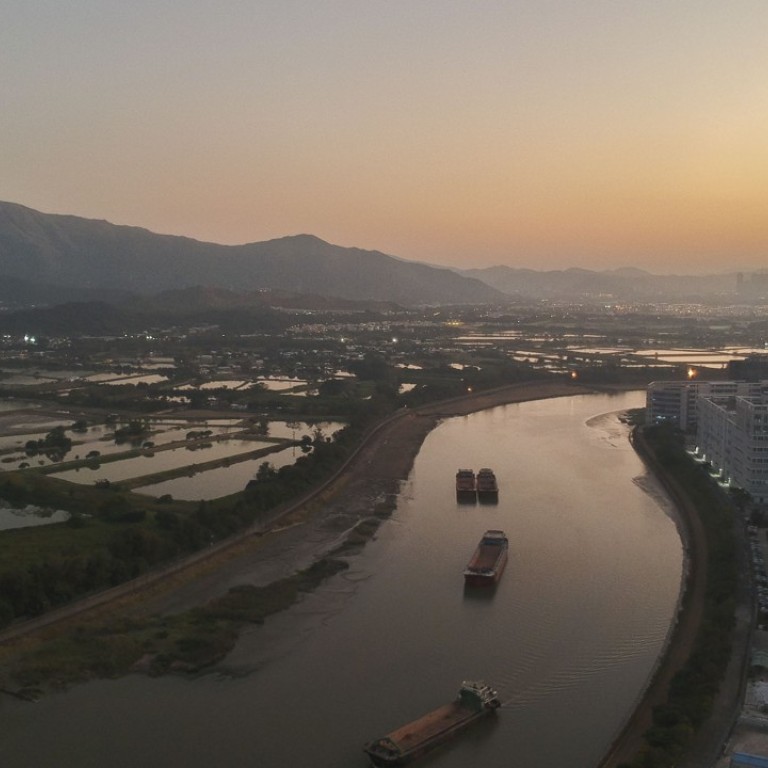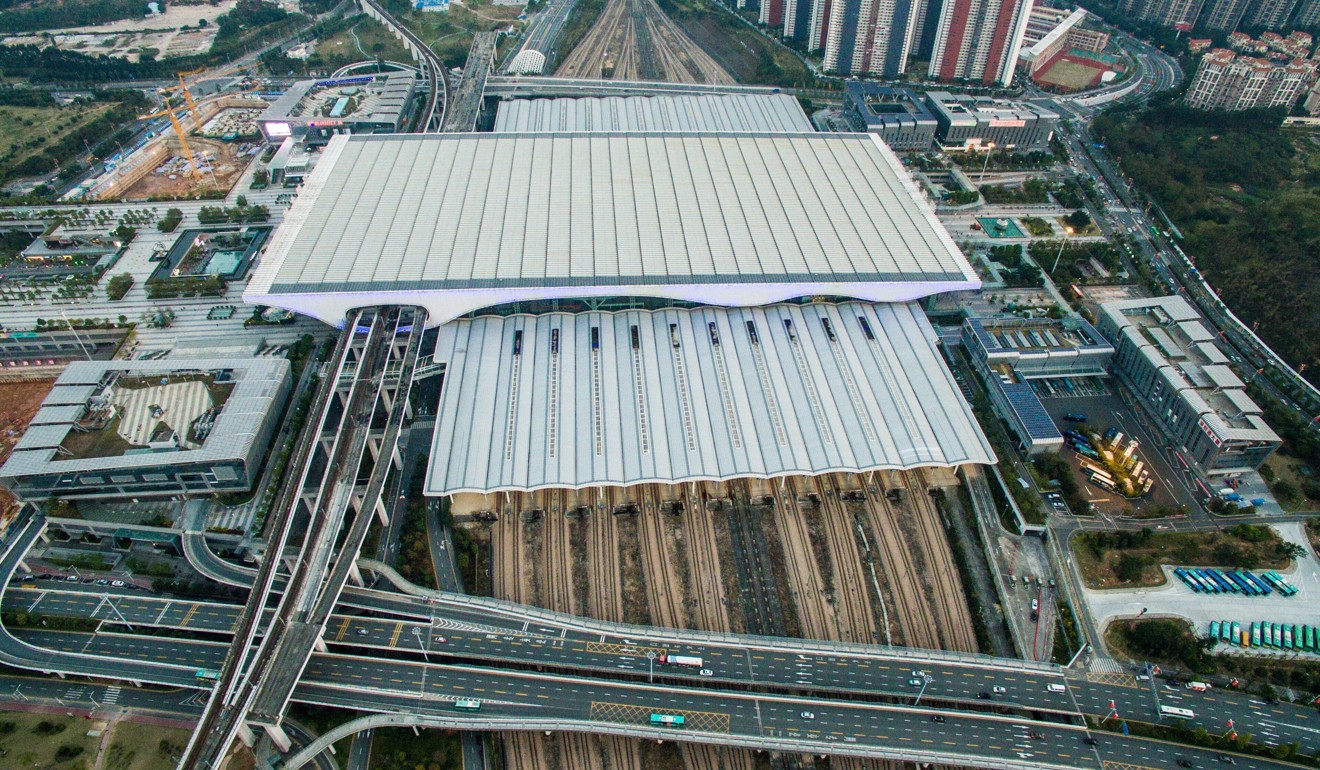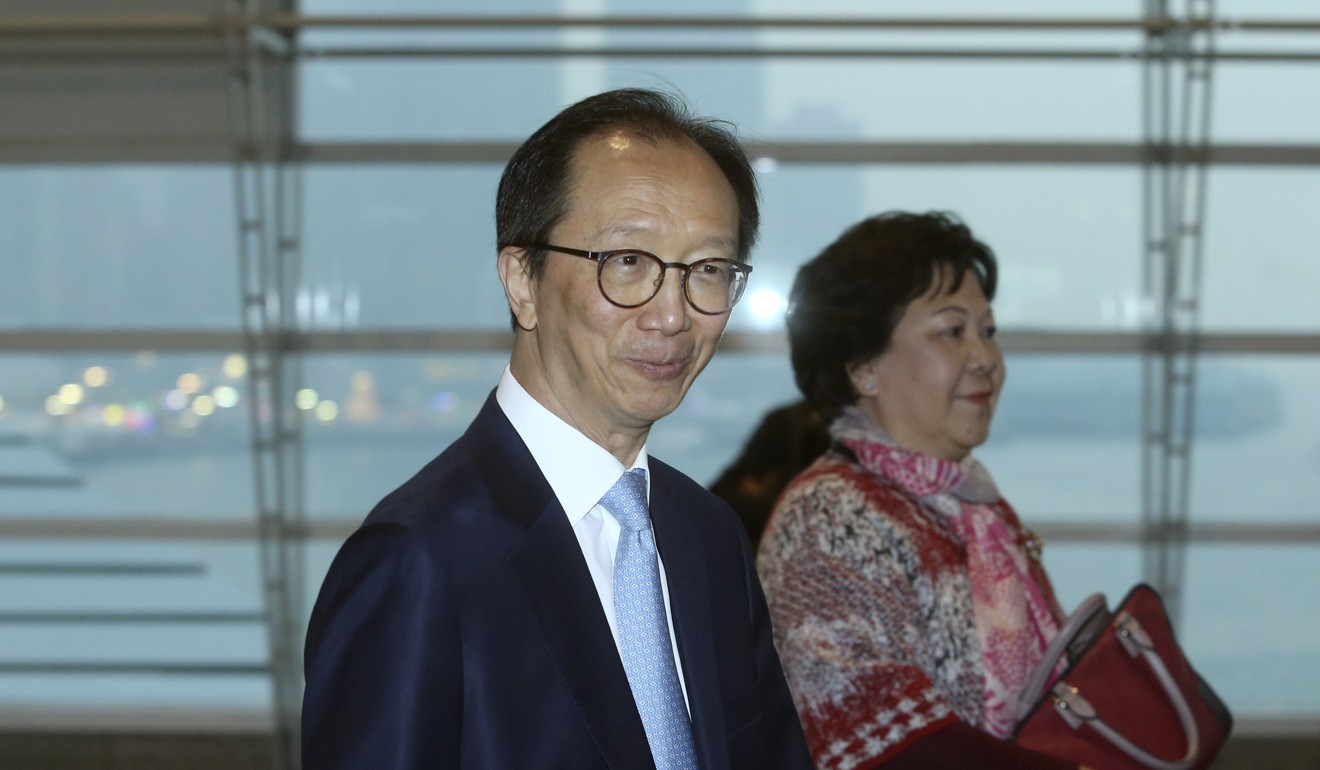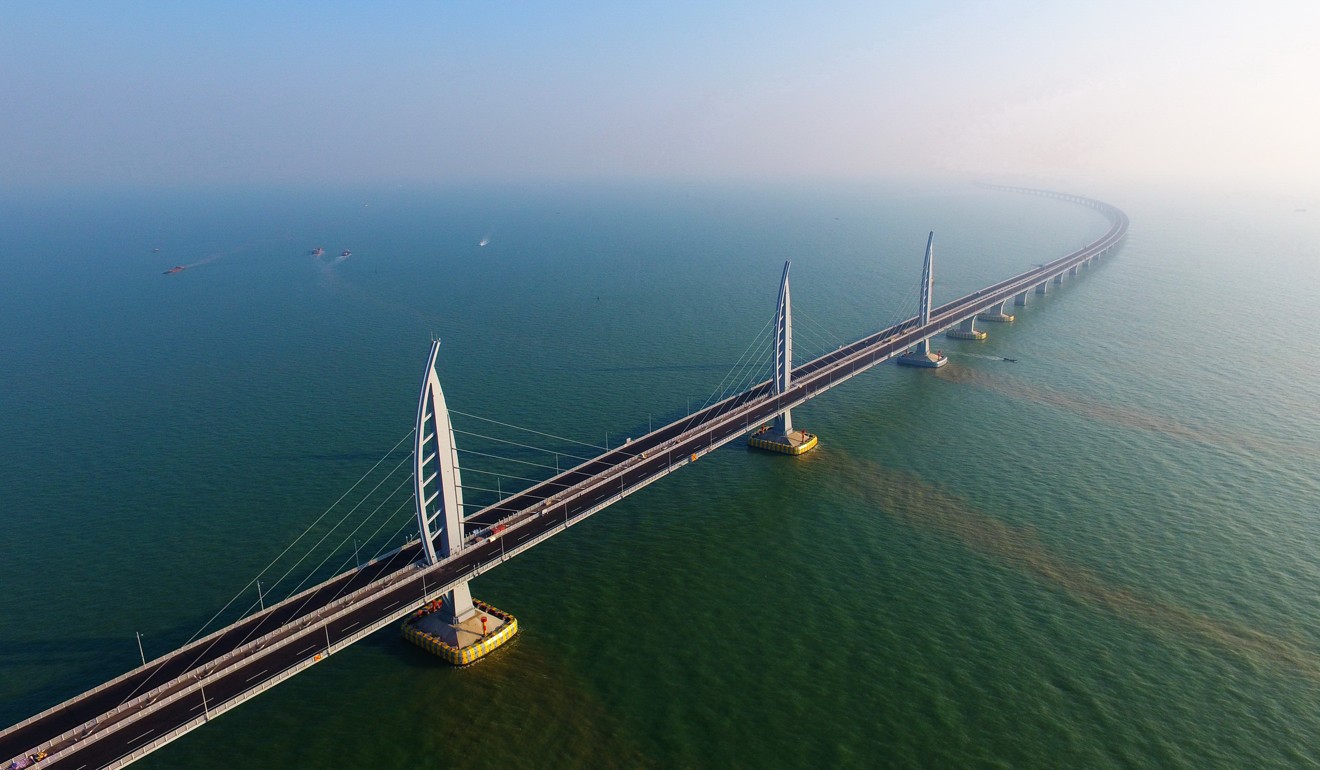
Hong Kong’s health care expertise can unlock potential of ‘Greater Bay Area’, says former financial secretary
Availability of improved health and senior care could encourage more Hongkongers to retire in China
In the not-so-distant future, Hongkongers will be able to live out their golden years in Zhuhai, Shenzhen – or any of the nine mainland cities within the “Greater Bay Area” in southern China, all within a short drive from Hong Kong.
They could drive to Zhuhai along the 55-kilometre bridge and tunnel that is linking up the area, or take a high-speed train into Kowloon. Mobile payments could also be a breeze, probably with easier payment access embedded in their WeChat.
This is the picture of future collaboration that was painted by veteran businessmen, including Antony Leung Kam-chung, the city’s former financial secretary, at the Caixin Summit in Hong Kong on Friday. The group had high hopes for the Greater Bay Area initiative, a central government scheme linking nine cities in southern Guangdong province with Hong Kong and Macau to create a financial and innovation powerhouse.
Leung said Hong Kong could use its experience and expertise in the areas of biotechnology, health care and senior care to play a pivotal role in developing these sectors in the region. “The development of health care and senior care sectors in the Greater Bay Area will not only provide better services to mainlanders, it will also encourage more Hongkongers to work, live and retire on the mainland,” he said.

“We can chase and catch up with the world’s three leading bay areas by building our strength comprehensively [in innovation, finance and advanced manufacturing],” said Leung, who is the chairman and chief executive of Nan Fung Group and chairman and co-founder of New Frontier Group.
The cluster of cities in southern China’s Pearl River Delta will be the epicentre of the Greater Bay Area initiative, one of the world’s largest urban planning and reinvigoration programmes. When linked together, the area will comprise 11 cities with 60 million people, a combined economy estimated to be worth at least US$1.4 trillion, enough to rival other global bay area communities such as San Francisco or Tokyo.
Leung stressed the companies under his helm had already acted to tap business opportunities, especially in the health care and senior care sectors. New Frontier has already invested in mainland China, while Nan Fung has also set up a designated fund worth 10 billion yuan (US$$1.6 billion) to invest in start-ups in biotechnology.
Last week, Hong Kong Chief Executive Carrie Lam Cheng Yuet-ngor said the Greater Bay Area project could provide opportunities for Hongkongers looking for flats, schools and care facilities for the elderly.
A shortage of quality health care in China has been a major obstacle for some Hongkongers looking to retire in mainland cities, said Leung.

For instance, on the mainland, on average only 1.7 doctors are available to serve 1,000 patients. Hongkongers enjoy access to 2.6 doctors. When it comes to nursing services, there are 2.6 nurses per 1,000 patients on the mainland, while the availability in Hong Kong sits at 6.9 nurses. The gap is even more pronounced when the mainland is compared with the United Kingdom and United States, where the figures stand at 7.9 and 11 nurses, respectively, he said.
Leung also gave short shrift to concerns about insufficient demand for the bridge linking Hong Kong with the mainland in the short term, and said Chinese practice of building infrastructure before its demand became apparent was a very effective way of boosting economic activity, and that demand would pick up in the longer run.
Xu Ze, president of The Chinese Association of Hong Kong and Macau Studies, said a breakthrough hinged on how Hong Kong would work with neighbouring cities such as Shenzhen, which is renowned for its technology clout.
Li Tong, the chief executive and executive president of Bank of China International, also said Hong Kong was well positioned to seek better synergy in the Greater Bay Area, thanks to its status as a global financial hub and the rise of the yuan.

Norman Chan Tak-lam, chief executive of the Hong Kong Monetary Authority, who was also present at the forum, said yuan settlement was expected to account for half of China’s trade in due course, up from the current 12 per cent. He added that the local currency’s contribution in China’s settlement for trade was below that in Japan, the European Union and the UK.
In addition to trade settlement, the yuan will also play a bigger role in outbound investment amid the mainland’s ambitious Belt and Road Initiative, said Chan.


